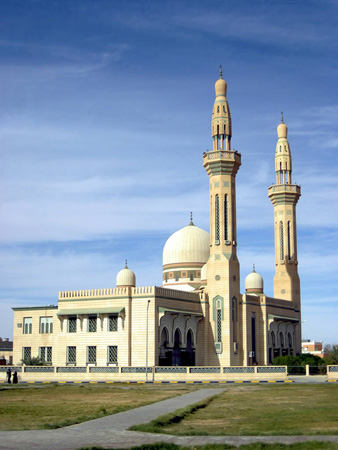| << Chapter < Page | Chapter >> Page > |
Confucianism was the official religion of China from 200 B.C.E. until it was officially abolished when communist leadership discouraged religious practice in 1949. The religion was developed by Kung Fu-Tzu (Confucius), who lived in the sixth and fifth centuries B.C.E. An extraordinary teacher, his lessons—which were about self-discipline, respect for authority and tradition, and jen (the kind treatment of every person)—were collected in a book called the Analects .
Some religious scholars consider Confucianism more of a social system than a religion because it focuses on sharing wisdom about moral practices but doesn’t involve any type of specific worship; nor does it have formal objects. In fact, its teachings were developed in context of problems of social anarchy and a near-complete deterioration of social cohesion. Dissatisfied with the social solutions put forth, Kung Fu-Tzu developed his own model of religious morality to help guide society (Smith 1991).
In Taoism, the purpose of life is inner peace and harmony. Tao is usually translated as “way” or “path.” The founder of the religion is generally recognized to be a man named Laozi, who lived sometime in the sixth century B.C.E. in China. Taoist beliefs emphasize the virtues of compassion and moderation.
The central concept of tao can be understood to describe a spiritual reality, the order of the universe, or the way of modern life in harmony with the former two. The ying-yang symbol and the concept of polar forces are central Taoist ideas (Smith 1991). Some scholars have compared this Chinese tradition to its Confucian counterpart by saying that “whereas Confucianism is concerned with day-to-day rules of conduct, Taoism is concerned with a more spiritual level of being” (Feng and English 1972).
After their Exodus from Egypt in the thirteenth century B.C.E., Jews, a nomadic society, became monotheistic, worshipping only one God. The Jews’ covenant, or promise of a special relationship with Yahweh (God), is an important element of Judaism, and their sacred text is the Torah, which Christians also follow as the first five books of the Bible. Talmud refers to a collection of sacred Jewish oral interpretation of the Torah. Jews emphasize moral behavior and action in this world as opposed to beliefs or personal salvation in the next world.

Islam is monotheistic religion and it follows the teaching of the prophet Muhammad, born in Mecca, Saudi Arabia, in 570 C.E. Muhammad is seen only as a prophet, not as a divine being, and he is believed to be the messenger of Allah (God), who is divine. The followers of Islam, whose U.S. population is projected to double in the next twenty years (Pew Research Forum 2011), are called Muslims.
Islam means “peace” and “submission.” The sacred text for Muslims is the Qur’an (or Koran). As with Christianity’s Old Testament, many of the Qur’an stories are shared with the Jewish faith. Divisions exist within Islam, but all Muslims are guided by five beliefs or practices, often called “pillars”: 1) Allah is the only god, and Muhammad is his prophet, 2) daily prayer, 3) helping those in poverty, 4) fasting as a spiritual practice, and 5) pilgrimage to the holy center of Mecca.

Notification Switch
Would you like to follow the 'Introduction to sociology 2e' conversation and receive update notifications?